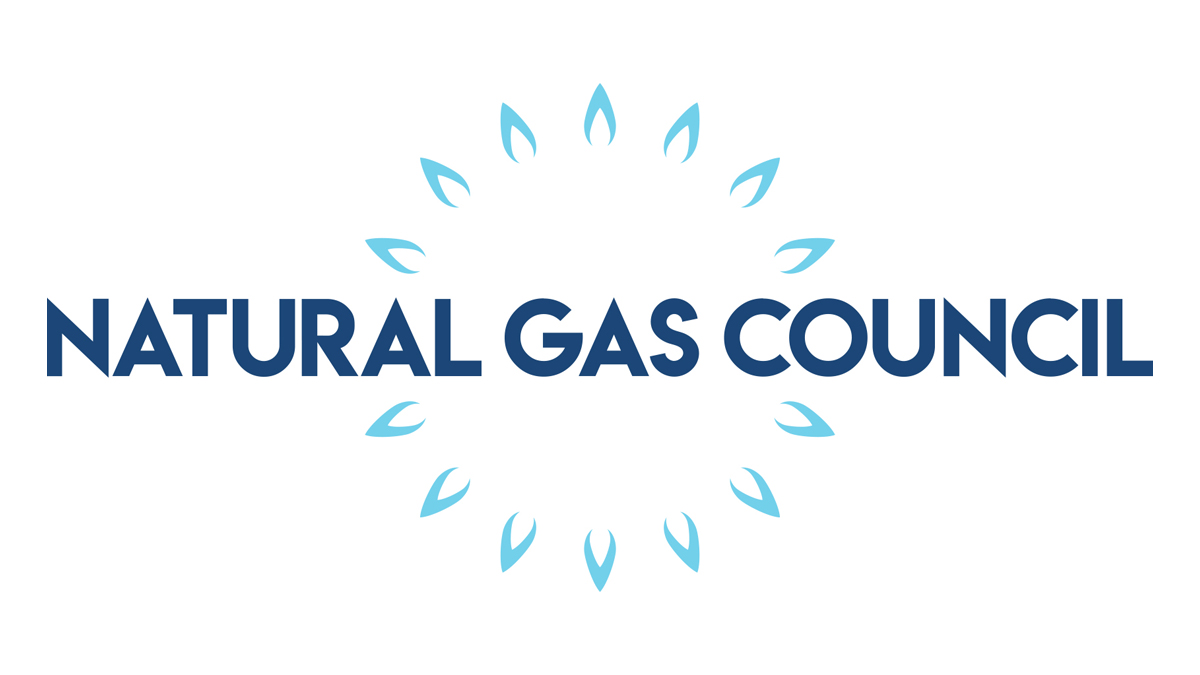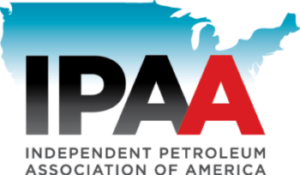
Feb 14, 2019 Natural Gas Proves Reliable and Resilient During Polar Vortex
New single day record for total U.S. natural gas demand set at 150 Bcf
Washington, D.C. – The U.S. natural gas industry embodied reliability and resilience during the deep cold Polar Vortex event that recently swept one-third of the country. The Natural Gas Council (NGC), which represents the companies that collectively include nearly all aspects of the production, transportation, sales and delivery of the nation’s natural gas, said the polar vortex event that took place January 26 through February 2, 2019 has become another example in the mounting case for the remarkable performance of natural gas during extreme weather events.
“Natural gas was reliably and safely delivered throughout the country to customers that surely needed it. The entire value chain worked with communities to keep the heat on for most customers. Where there were challenges, the industry demonstrated remarkable resilience by recovering quickly,” the Council said.
January 30, 2019 set a single day record for total U.S. natural gas demand at 150.2 billion cubic feet (Bcf). The bulk of that load – 75 Bcf – went to the residential and commercial sector. In addition, 34 Bcf went to power generation, 29 Bcf met industrial demand and 13 Bcf went to exports and other end uses. The previous single day record was set on January 1, 2018 when the U.S. used 147 Bcf of natural gas.
Temperatures for the week January 26 through February 2 were 16 percent colder than normal and 39 percent colder than 2018 for the same week across the country. New England was 14 percent colder than normal in late January and the East North Central of the United States (Wisconsin, Michigan, Illinois, Indiana, Ohio) was 34 percent colder than normal.
Despite the record-setting demand and cold temperatures, the impact on spot market prices for natural gas in the extremely cold Midwest and at the Henry Hub was subdued and short-lived, thanks to the presence of robust gas infrastructure in those regions. The greatest price impact was seen in the Northeast, in places where the development of sorely-needed pipeline infrastructure has been frustrated. Even there, however, price impacts were brief and less than in previous years.
In August, the NGC released a report examining the industry’s preparation and actions during three historic weather events in 2017 and 2018 and the impacts on customers.
###








